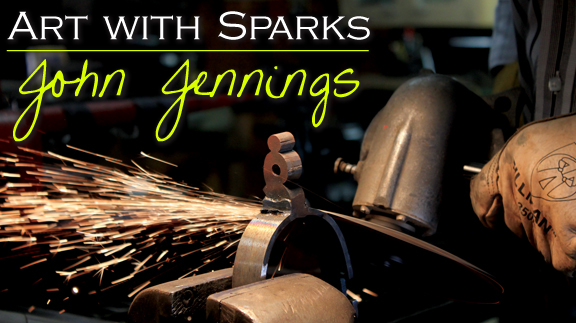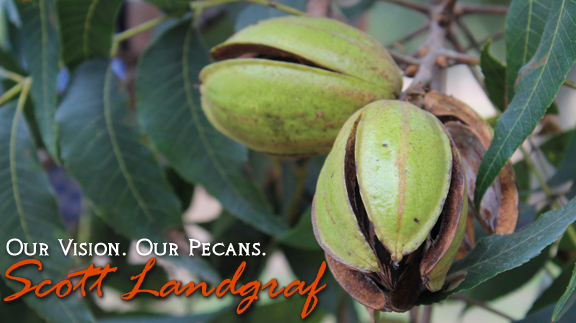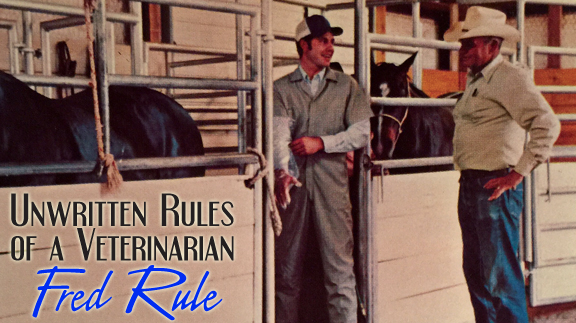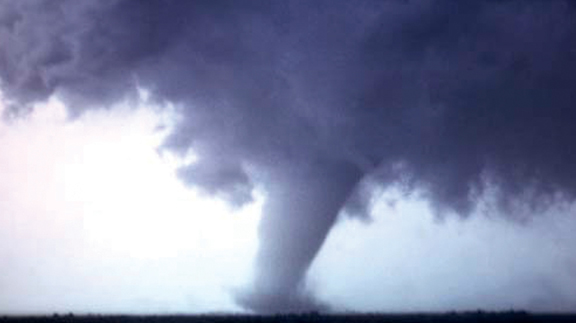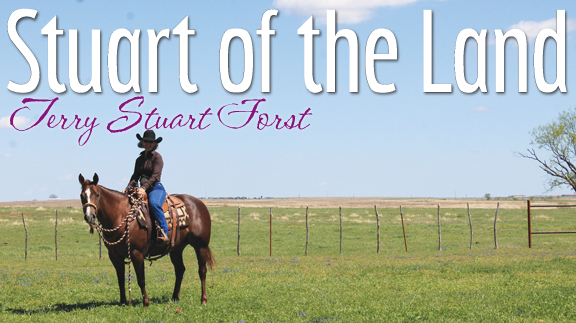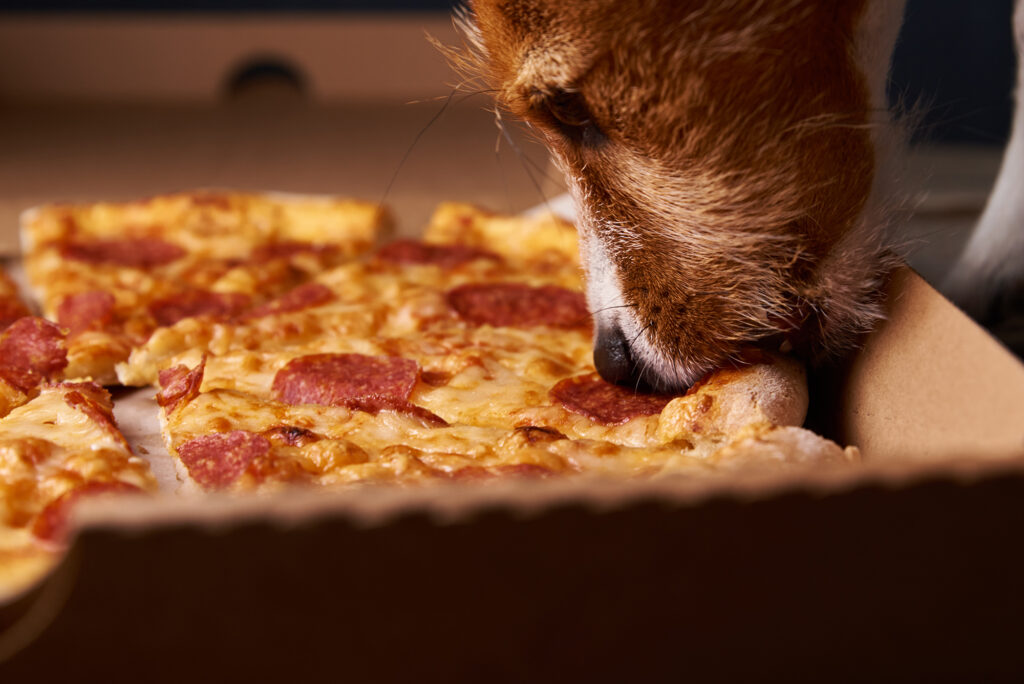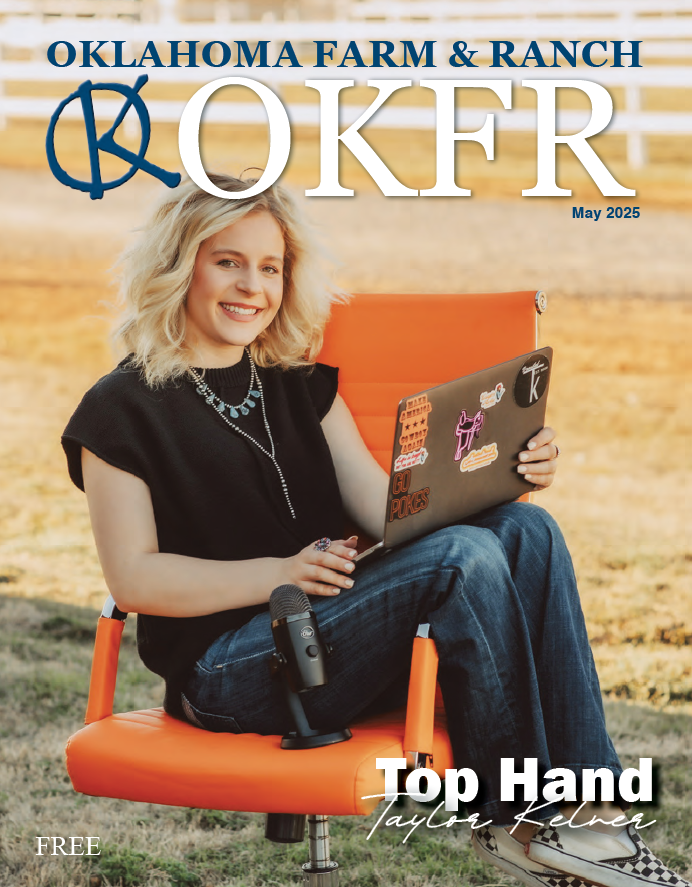Country Lifestyle
Parlez Vous Francais?
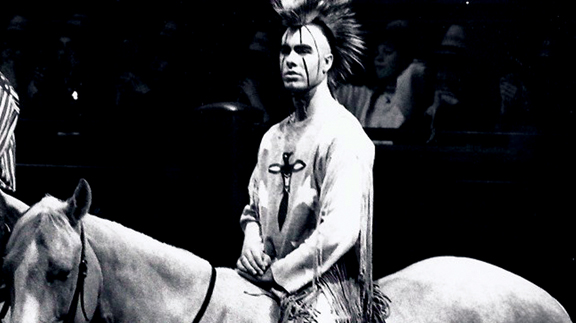
(Do you speak French?)
By Judy Wade
It is 4,896 miles from Ringling, Okla., to Paris, France. This is the story of how one young man made that journey.
His great-great-grandfather Noah, his great-grandfather Wilton, his grandfather Paul and his father Randall (Randy) were all ranchers. He grew up on a ranch, riding horses, doing all the things a cowboy does. In high school he played baseball and became interested in rodeo, where he team roped.
In 1991, working as a welder after graduating from Ringling High School four years prior, he saw an advertisement in a rodeo magazine for try-outs for positions in the soon-to-open Euro Disney outside of Paris. As a lark, he and some friends went to Mesquite, Texas, and tried out. Returning to work, it was several months before he got a phone call asking if he was still interested.
“I was at the barn getting ready to go rope and my mom yelled at me and said someone from Disney was on the phone,” he explained. “Because it had been so long since the audition, I had forgotten about it and thought it was a joke so I hung up. Mom yelled out again, ‘It’s that same woman calling back!’ I’m thinking what if it really was Mickey Mouse calling and I’m already fired because I hung up on the Mouse?”
That’s where Shawn Howard’s life took a different direction.
Howard was soon on a plane headed for Orlando, Fla., where he joined the group who had all been selected for this adventure before the flight to France.
“He’ll be back soon,” his father Randy thought.
He was wrong. More than 25 years later, Howard is still working for what is now Disneyland Paris.
“There were about 35 cowboys and 30 Indians,” Howard added. “Some of those Indians had never been off the reservation let alone in a taxi or airplane. I thought, ‘Oh, boy, is this going to be fun, or is this going to be like the battle at Little Big Horn?’”
Arriving in Paris after an 11 hour flight, they found two obstacles. First, it was cold,
“The coldest I had ever been,” he said.
Next was the language barrier.
“Some of the guys thought if you spoke louder, the French people would understand. They did not,” Howard recalled.
First came working with the stunt coordinator, Mario Luraschi, one of the most famous horse stunt men in Europe. The first day everyone lined up to check out a saddle. The line was so long and it was so cold Howard went back to the bus to warm up. By the time he got in line, all the saddles had been issued and more would not be available for three weeks so “I had to ride bareback. The horse I was assigned was named Snowflake, but it should have been Cocaine. No saddle, cold, wet and rainy-no problem. After my riding without a saddle for three weeks, they left me as an Indian.”
“Luraschi is amazing with horses,” Howard continued. “I learned a lot. As a rodeo cowboy and team roper, I had spent all my life trying to stay on a horse, and now he’s wanting me to fall off and pull the horse over for horse falls!”
Disneyland Paris is actually about 30 miles east of Paris. The 4,800 acre park that opened in April 1992 has a multitude of attractions and draws over 13 million visitors each year.
Howard’s role began with Buffalo Bills Wild West Show.
“I played an Indian for eight year and sometimes was a cowboy, he explained. “Now I drive the stagecoach.”
He can expertly handle a four-up and a six-up hitch to drive a wagon.
Michael Eisner, the CEO of the Walt Disney World Florida Company, loved the western way of life. He wanted something real and unique for the opening of the new Disney Park in Paris. The Europeans are fascinated by the cowboys and Indians, but all they have seen is on television or the Internet. So he put together a remake of the Buffalo Bills Wild West Show. The original Buffalo Bills Wild West Show toured Europe eight times, the first four tours between 1887 and 1892, and the last four from 1902 to 1906. The new show has been an enormous hit.
“I was part of the history-making reenactment of a show that started back in the 1800’s,” Howard remarked. “Not a lot of people can say they are a part of history like this—bringing this all to life with actors like Peter MacLean who played Buffalo Bill, Tim Reevis as Sitting Bull and one of the best hands I’ve seen on a horse is Sonna Warvell who plays Annie Oakley. Working with actors like this only brings out the best in you. You could not have chosen any better actors to plays these roles. They are the best!”
The show has toured all over Europe.
Learn more in the December issue of OKFR!
Country Lifestyle
Riding for the Brand
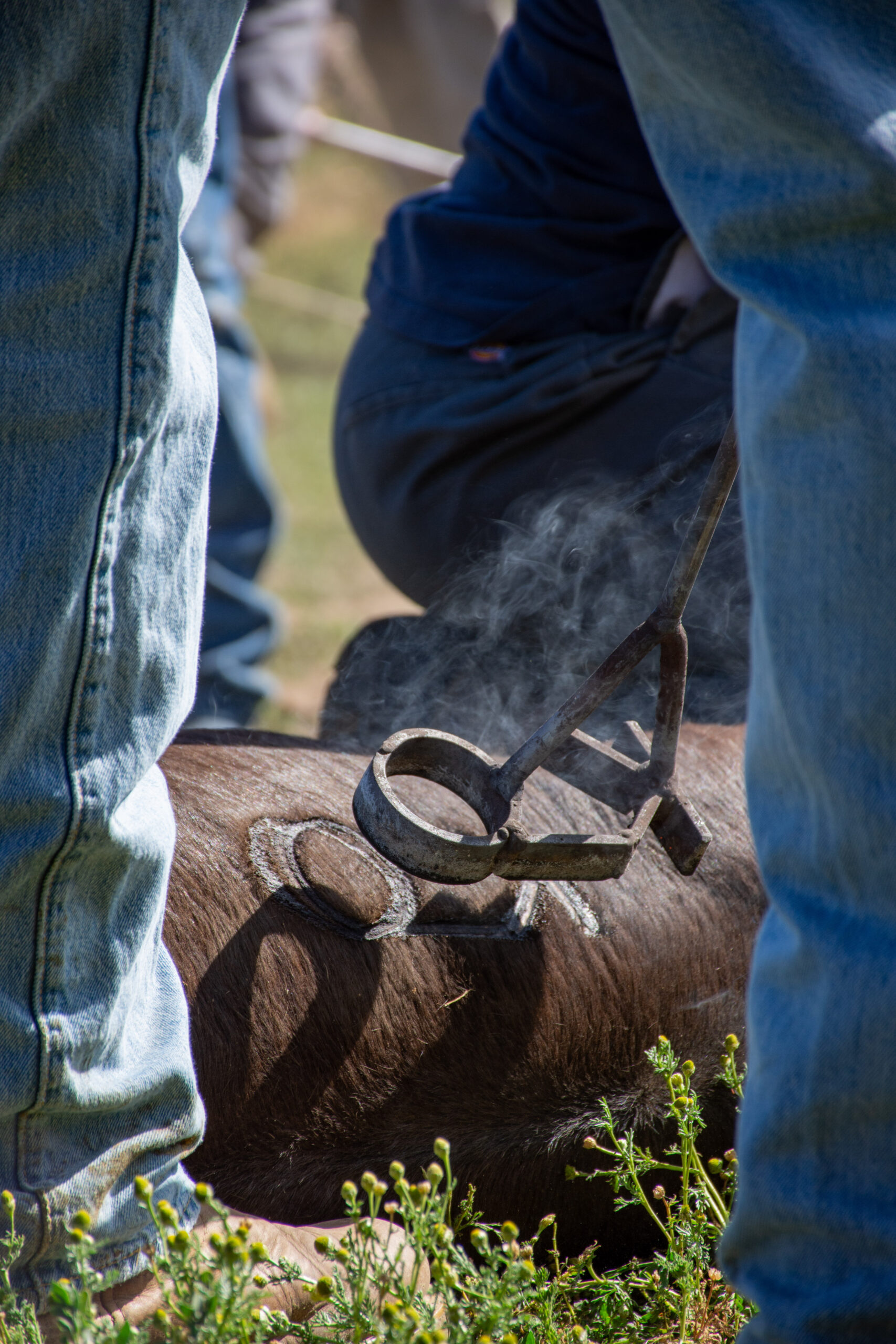
By: Christopher Dysinger
According to the Code of the West a man who has integrity is one who rides for the brand. If you are unfamiliar with cowboy parlance this phrase is used to describe being loyal to the outfit you work for. Cowboys were, “intensely loyal to the outfit they were working for and would fight to the death for it. They would follow their wagon boss through hell and never complain.” -Teddy Blue Abbot. Riding for the brand means being loyal and when I consider what it means to be loyal I am reminded of the words of the Lord Jesus to His disciples in Matthew 16:24, “Then said Jesus unto His disciples, If any man will come after Me, let him deny himself, and take up his cross and follow Me.” To me, to take up the cross and follow the Lord is the epitome of what it means to ride for the brand.
When you place your trust in the Lord Jesus you are signing on to His outfit, to speak the language of the West. When you called upon the name of the Lord Jesus by faith, He saved you and from this point you are riding for His brand. In taking up your cross and following Him you have pledged to be loyal, and this means you face any hardship or trial like a cowboy on the trail moving the herd. Any complaint must be swallowed in the same way you would swallow a cup of coffee. When I hear our faith and loyalty to the Lord Jesus put into these terms it stirs something within me that moves me to keep right on riding for the brand.
Louis L’amour wrote, “Riding for the brand was an expression of loyalty to a man’s employer or the particular outfit he rode for. It was considered a compliment of the highest order in an almost feudal society. If a man didn’t like a ranch or the way they conducted their affairs he was free to quit, and many did; but if he stayed, he gave loyalty and expected it. A man was rarely judged by his past only by his actions. Many a man who came west left things behind him he would rather forget, so it was not the custom to ask questions. Much was forgiven if a man had courage and integrity and if he did his job. If a man gave less than his best, somebody always had to pick up the slack, and he was not admired.” It is the same when a person gives his or her heart to Jesus.
When you come to the Lord Jesus you are not judged by your past. When you come to the Lord Jesus, repenting of sin and seeking forgiveness, everything from your past is left behind. All will be forgiven. 1 John 1:9 reads, “If we confess our sins, He is faithful and just to forgive us our sins, and to cleanse us from all unrighteousness.” When you place your faith in the Lord Jesus you are promising to be loyal and in return you will receive the same. He has promised that He will never leave us or forsake us. When you walk with the Lord Jesus through life you are indeed, “riding for the brand.”
“Riding for the brand” is not just an expression of loyalty nor is it just an expression of pride, it is also an expression of love. When a cowboy claims to be riding for the brand, he is telling any other outfit who may seek his loyalty, that he cannot give it, because he has given his word to another. It is the same when we pledge our faith and loyalty to the Lord Jesus. If any would call us away from Christ we cannot go, because we are riding for the brand.
The End
This article is an excerpt from the book, The Bible and the Code of the West by Dr. Christopher Dysinger.
Country Lifestyle
Farm Dogs & Table Scraps
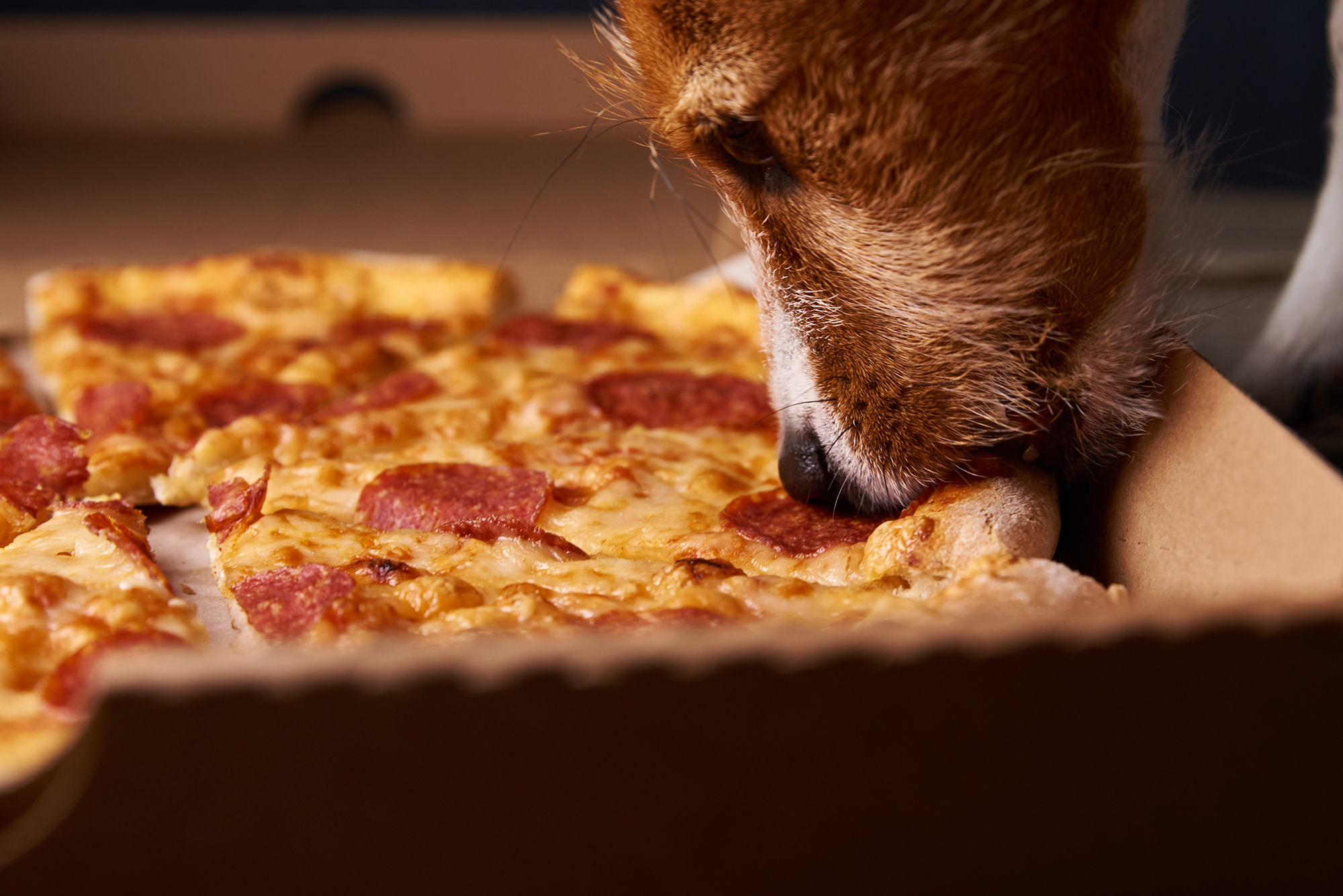
What’s Safe and What’s Not?
Growing up on a farm, our dogs were tough. They roamed the pastures, slept under the barn, and ate just about anything they could get their paws on—whether we meant for them to or not. I’ll admit, I never thought twice when one of our old cow dogs snatched a biscuit off the table or licked up a spill from the barn floor. I’ve even seen a dog steal a whole rib bone off a plate and trot off like he’d won the lottery. And somehow, they always seemed fine.
But here’s the thing—just because they survived doesn’t mean it was safe. For every farm dog that lucked out, there’s another that wasn’t so fortunate. Some human foods can be downright toxic to dogs, and a little bit of bad luck (or a smaller, more sensitive dog) can turn a harmless snack into an emergency.
Common toxic foods lying around the farmhouse
If you’ve got a farm dog—or any dog, really—you need to be aware of the dangers lurking in everyday foods. Some of the biggest culprits include:
Chocolate – The darker it is, the worse it is. Even a little can cause vomiting, seizures, or worse.
Grapes & Raisins – No one’s exactly sure why, but they can cause kidney failure fast.
Onions & Garlic – In large enough amounts, these can destroy red blood cells, leading to anemia.
Xylitol (Found in Sugar-Free Gum & Candy) – This artificial sweetener can send a dog’s blood sugar crashing and cause liver failure.
Alcohol – Even small amounts can be deadly to dogs, affecting their nervous system much more than it does ours.
Bones from Cooked Meat – While not necessarily toxic, they can splinter and cause serious internal injuries.
Macadamia Nuts – These can lead to weakness, vomiting, and even paralysis in dogs.
What to do if your dog eats something toxic
First, don’t panic—but don’t ignore it either. If you know your dog ate something dangerous, call your vet immediately. They can tell you whether to induce vomiting or if it’s something that requires urgent care. If it’s after hours, contact the ASPCA Animal Poison Control Center (888-426-4435) or the Pet Poison Helpline (855-764-7661).
Prevention is always the best medicine, so keep toxic foods out of reach. That might mean keeping the trash can secured, making sure kids don’t slip the dog a treat under the table, or just being more mindful of what’s left on the counter.
Our farm dogs might have been lucky, but luck isn’t a great strategy when it comes to their health. A little awareness goes a long way in making sure they stay happy, healthy, and ready for the next day’s work.
For more information
ASPCA Animal Poison Control: www.aspca.org/pet-care/animal-poison-control
Pet Poison Helpline: www.petpoisonhelpline.com
Visit www.akc.org/expert-advice/nutrition/foods-your-dog-should-never-eat
Country Lifestyle
Summer Squash and Corn Chowder

By Lacey Vilhauer
Total time: 40 minutes
Servings: 6-7
Ingredients
- 6 slices bacon, cooked and crumbled and 1 1/2 Tbsp rendered bacon fat reserved
- 1 1/2 lbs yellow squash, chopped (about 3 medium)
- 2/3 cup thinly sliced celery
- 1 cup diced onion
- 1 Tbsp flour
- 2 cloves garlic, minced
- 2 3/4 cup milk (I used 1%)
- 5 cups canned or fresh cut corn (from about 6 ears corn), divided
- 1/2 cup heavy cream
- 1 1/2 tsp chopped fresh thyme (or 1/2 tsp dried)
- 3/4 tsp salt, then more to taste
- 1/4 tsp freshly ground black pepper, then more to taste if desired
- 3/4 cup shredded cheddar cheese, for serving
- Chopped green onion for garnish (optional)
Instructions
Heat 4 tsp reserved bacon fat in a large pot over medium-high heat. Add celery and onion and sauté 2 minutes then add the squash.
Saute until tender, about 6 minutes, adding in garlic and flour during last 2 minutes of sauteing. Reduce heat slightly.
Add 1 1/2 cups milk, 2 cups of the corn, thyme, salt and pepper to the sauteed veggies.
To a blender add remaining 3 cups of corn, remaining 1 1/4 cups milk and the cream. Process in blender until nearly smooth (about 30 seconds).
Add pureed mixture to pot and stir to blend. Cook until mixture reaches a light boil.
Serve warm with shredded cheese, crumbled bacon and sliced green onions if desired.
-

 Attractions8 years ago
Attractions8 years ago48 Hours in Atoka Remembered
-

 Country Lifestyle9 months ago
Country Lifestyle9 months agoJuly 2017 Profile: J.W. Hart
-

 Country Lifestyle9 years ago
Country Lifestyle9 years agoThe House a Treasure Built
-

 Country Lifestyle4 years ago
Country Lifestyle4 years agoThe Two Sides of Colten Jesse
-

 Outdoors7 years ago
Outdoors7 years agoGrazing Oklahoma: Honey Locust
-

 Equine8 years ago
Equine8 years agoUmbilical Hernia
-

 Outdoors5 years ago
Outdoors5 years agoPecan Production Information: Online Resources for Growers
-

 Farm & Ranch7 years ago
Farm & Ranch7 years agoHackberry (Celtis spp.)

